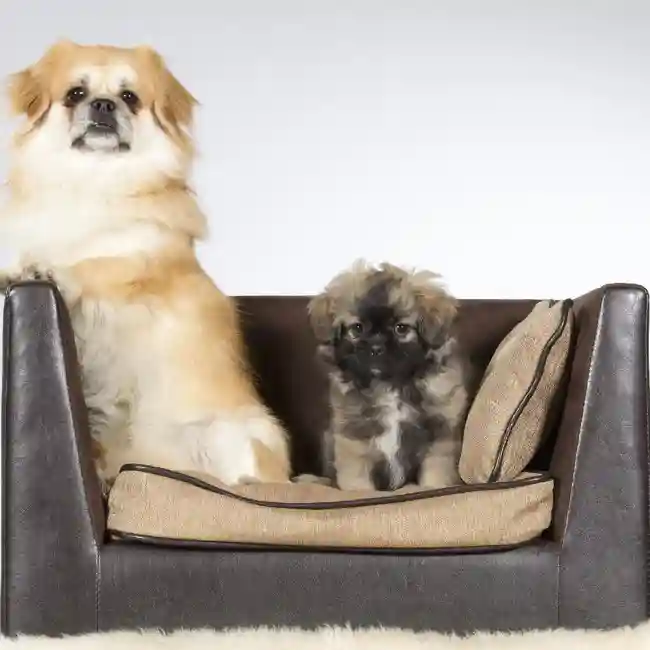Tibetan Spaniel

The frisky and curious Tibetan Spaniel was bred ages ago for sentinel work on the walls of Tibetan monasteries. Known for a flat, silky coat and “lion’s mane” around the neck, the Tibbie forms a tight, worshipful bond with their humans.

Ask About Tibetan Spaniel ?
Breed Traits
Pet traits are ranked on a scale of 1 to 10 with 1 being the lowest and 10 being the highest.
Group
Non-Sporting
About
History
Standard
Nutrition
Grooming
Exercise
Training
Health
General Appearance
Should be small, active and alert. The outline should give a well balanced appearance, slightly longer in body than the height at withers. Fault - Coarseness of type.
Size, Proportion, Substance
Head
Neck, Topline, Body
Forequarters
Hindquarters
Coat
Color
Gait
Temperament
Presentation
Available Puppies
All pets have found there homes! Sign up to be notified when new pets are added so you don't miss out.


